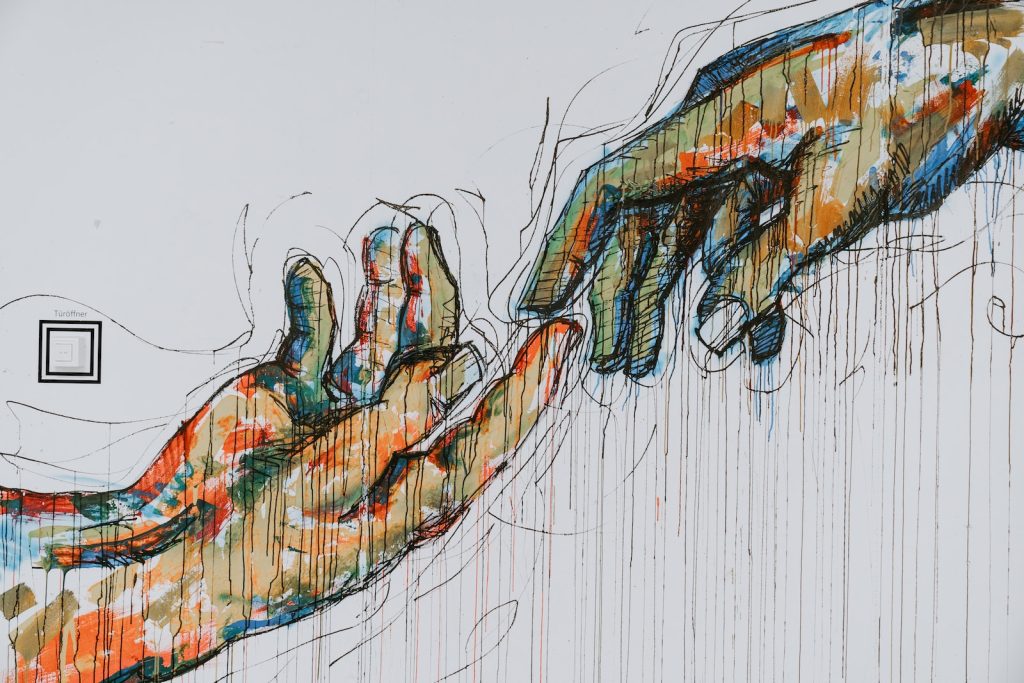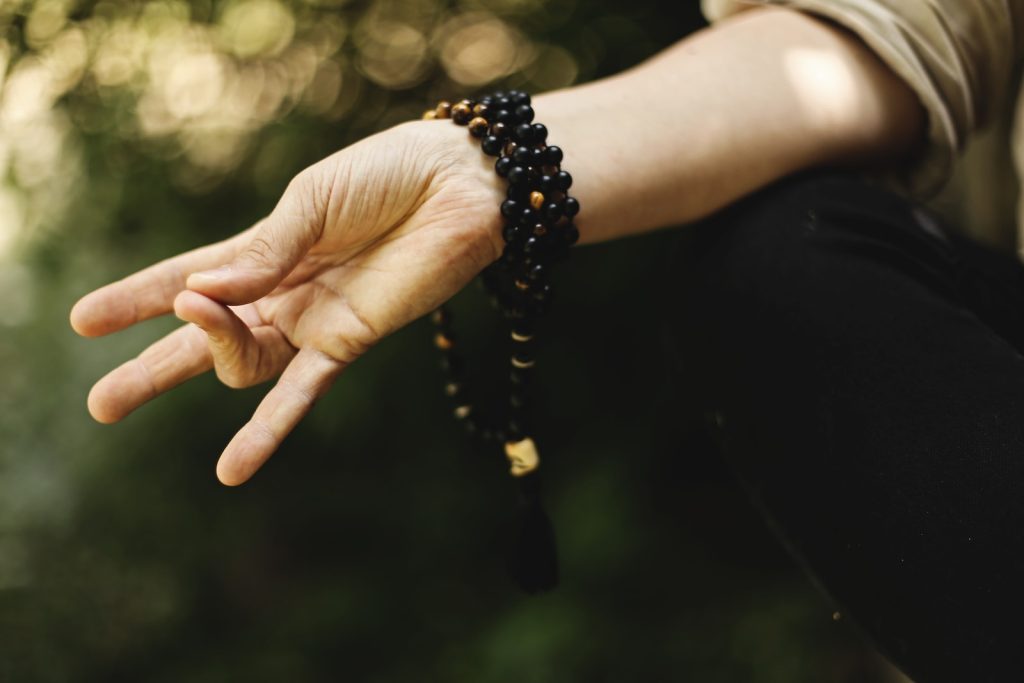Harnessing the Power of Mudras: Manifest Your Desires with Law of Attraction
Mudras are ancient hand gestures that have been used for centuries in Hindu and Buddhist traditions. These hand gestures are believed to have powerful effects on the mind and body, and can be used to promote healing, relaxation, and spiritual growth. In recent years, mudras have gained popularity in the West as a tool for manifesting desires with the Law of Attraction. The Law of Attraction is a popular belief that states that we can attract positive or negative experiences into our lives based on our thoughts and beliefs. By focusing on positive thoughts and emotions, we can attract more positive experiences and manifest our desires. Mudras are believed to be a powerful tool for harnessing the Law of Attraction, as they can help us to focus our thoughts and intentions and amplify our energy. In this article, we will explore the power of mudras and how they can be used to manifest your desires with the Law of Attraction. We will examine the science behind mudras, the different types of mudras, and how to use them effectively. Whether you are new to mudras or an experienced practitioner, this article will provide you with valuable insights and techniques for harnessing the power of mudras to manifest your dreams and desires. Understanding Mudras History and Origin Mudras are hand gestures that have been used for centuries in Hindu and Buddhist traditions. The word “mudra” comes from the Sanskrit language and means “seal” or “gesture.” Mudras are believed to have originated in India and were initially used in yoga and meditation practices to help channel energy and enhance spiritual experiences. Over time, mudras have been incorporated into other spiritual practices, including the Law of Attraction. Types of Mudras There are many different types of mudras, each with its own unique benefits. Some of the most common mudras include: Gyan Mudra: This mudra is also known as the “seal of knowledge.” It involves touching the tip of the index finger to the tip of the thumb, while keeping the other fingers straight. Gyan mudra is believed to enhance concentration, memory, and wisdom. Chin Mudra: This mudra is also known as the “seal of consciousness.” It involves touching the tip of the index finger to the tip of the thumb, while extending the other three fingers. Chin mudra is believed to promote calmness and inner peace. Prana Mudra: This mudra is also known as the “seal of life.” It involves touching the tip of the thumb to the tip of the little finger, while keeping the other fingers straight. Prana mudra is believed to increase vitality and energy. How Mudras Work Mudras are believed to work by stimulating different parts of the body and influencing the flow of energy, or prana, throughout the body. Each finger is associated with a different element, and by touching specific fingers together, you can balance those elements and promote overall well-being. Mudras are often used in conjunction with other spiritual practices, such as meditation and visualization, to help manifest desires and achieve goals. The Law of Attraction Fundamentals The Law of Attraction is a universal principle that states that like attracts like. This means that the thoughts and feelings that you put out into the universe will attract similar thoughts and feelings back to you. In other words, if you focus on positive thoughts and feelings, you will attract positive experiences and outcomes into your life. Conversely, if you focus on negative thoughts and feelings, you will attract negative experiences and outcomes. Visualizing Desires One of the key ways to harness the power of the Law of Attraction is through visualization. Visualization involves creating a mental image of the thing or situation that you desire. This could be anything from a new job to a loving relationship to financial abundance. By visualizing your desires, you are sending a clear message to the universe about what you want to attract into your life. To make your visualizations more effective, it’s important to use all of your senses. Imagine what it would look, feel, sound, smell, and taste like to have your desire. The more vivid and detailed your visualization, the more powerful it will be. Affirmations and Intentions Another way to align your thoughts and feelings with your desires is through affirmations and intentions. Affirmations are positive statements that you repeat to yourself to reinforce positive beliefs and attitudes. For example, if you want to attract more abundance into your life, you might repeat the affirmation “I am worthy of abundance and prosperity” several times a day. Intentions are similar to affirmations, but they are more focused on specific goals or outcomes. For example, you might set an intention to attract a new job by repeating the statement “I am attracting a fulfilling and rewarding job into my life.” By using affirmations and intentions, you are programming your subconscious mind to focus on positive outcomes and experiences. This can help you to manifest your desires more quickly and easily. Remember, the Law of Attraction is always at work, whether you are aware of it or not. By harnessing the power of mudras and other techniques, you can amplify your ability to attract positive experiences and outcomes into your life. Mudras for Manifestation Mudras are hand gestures that have been used for centuries in Hindu and Buddhist practices to enhance spiritual and physical well-being. Mudras can also be used to manifest desires with the Law of Attraction. By combining specific hand gestures with focused intention, individuals can tap into the power of the universe and attract their desired outcomes. Mudras for Prosperity The Kubera Mudra is a powerful hand gesture that is believed to attract wealth and abundance. To perform this mudra, touch the tips of the index finger and thumb while keeping the other fingers extended. This mudra is best practiced in the morning and evening for 5-10 minutes while visualizing your financial goals. Mudras for Health The Prana Mudra is a simple yet effective mudra that is
Harnessing the Power of Mudras: Manifest Your Desires with Law of Attraction Read More »





